|
|
|
Hansen's Northwest Native Plant Database |
|
|
|
Northwest Native Irises (Flag, Fleur-de-lis) |
||||||||||||||||||||||||||||||||||||||||||||||||||||||||
|
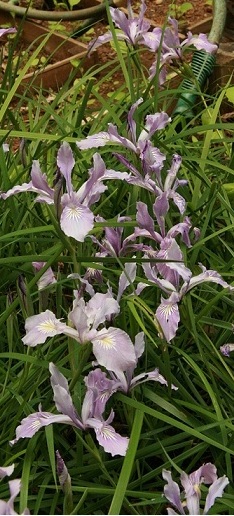 |
|||||||||||||||||||||||||||||||||||||||||||||||||||||||
|
General Information For This Genus Click on links at bottom of this page for photos and details of each plant. |
||||||||||||||||||||||||||||||||||||||||||||||||||||||||
|
There is a distinct group of Iris called
the Pacific Coast (Grass) Iris. We know of six species of Grass Iris:
Iris chrysophylla (Yellow Leaf Iris, Slender Tubed Iris),
Iris douglasiana (Douglas Iris), Iris innominata (Golden Iris), Iris
purdyi (Purdyi’s Iris), Iris tenax (Oregon Iris), Iris tenuis (Clackamas Iris). Besides these recognized grass iris species, there are maybe hundreds of hybrids and a large percentage of them are one of a kind, i.e. designer iris. |
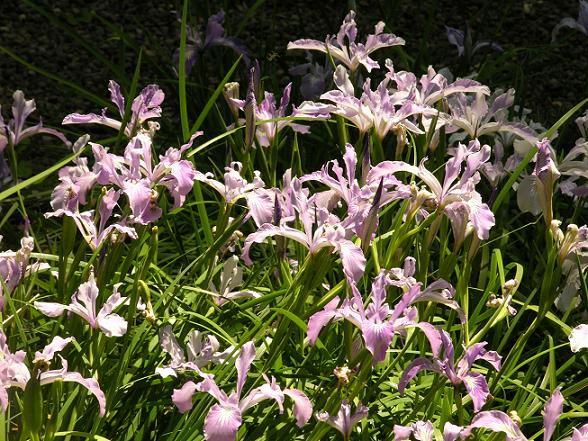 |
|||||||||||||||||||||||||||||||||||||||||||||||||||||||
| These grass irises have narrow grass like leaves, except the Douglas Iris, and form grassy clumps. Flowers are very showy, usually about 18” tall. The Pacific Coast Iris hybridize very easy-–too easy. Where several of these wonderful plants are growing in the same area, the seeds may yield all sorts of color combinations. They grow well from seeds. However, to exactly duplicate the mother plant, propagate by division of the rhizome clump, usually in the early fall. Normal bloom time for these beauties comes by the middle of May at elevations below 500 ft . As you explore a bit in the Cascades, you will find some in bloom through June. They like plenty of sunshine and well drained, humus-y soil. | ||||||||||||||||||||||||||||||||||||||||||||||||||||||||
|
Culture and Propagation: For personal experimentation, I grow native iris from seed. Seeds germinate freely without special techniques to break dormancy. You can also propagate by division in the early fall. I prefer to sow seed in the fall. I am not aware of any disease in wild iris but watch those nasty slugs. Here in western Oregon, iris in the ground survive winters nicely. I have had loss due to cold weather when plants are in pots outside and temperatures drop to 10 degrees with wind. Grass Iris hybridize easily. For “true to species” plants, you must isolate plants to eliminate cross-breeding. |
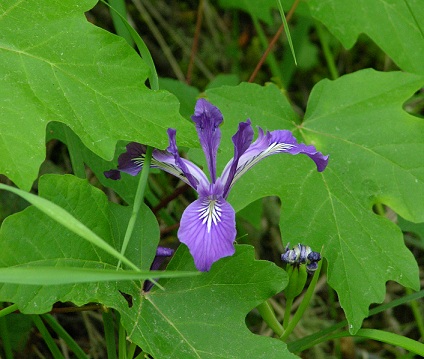 |
|||||||||||||||||||||||||||||||||||||||||||||||||||||||
| Romance Of The Iris: The beautiful Pacific northwest irises must come from the footsteps of “IRIS,” the beautiful Greek Goddess of the Rainbow! What beauty, what delight! How fortunate, you who have these lovely perennials in your gardens! The iris has fascinated poets and romantics for centuries. I quote the last three verses from a poem written about 1850 by Henry Wadsworth Longfellow. “Flower-De-Luce” . . . . . | ||||||||||||||||||||||||||||||||||||||||||||||||||||||||
|
Thou art the Iris, fair among the fairest, Who, armed with golden rod And winged with celestial azure, bearest The message of some God. Thou art the Muse, who far from crowded cities Hauntest the sylvan streams, Playing on pipes of reed the artless ditties That come to us as dreams. O flower-de-luce, bloom on, and let the river Linger to kiss thy feet! O flower of song, bloom on, and make forever The world more fair and sweet. |
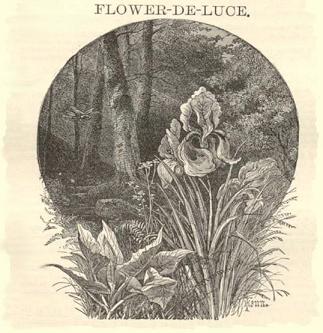 |
|||||||||||||||||||||||||||||||||||||||||||||||||||||||
|
Species Information For This Genus Click on links below for photos and details of each plant. |
||||||||||||||||||||||||||||||||||||||||||||||||||||||||
|
As yet, not all northwest native iris are covered in this website, though that may be done some time in the future. For now, we have information about only six of our northwest native iris. |
||||||||||||||||||||||||||||||||||||||||||||||||||||||||
|
Iris chrysophylla (Yellow Leaf Iris, Slender Tubed Iris) Known as a northwest grass iris, this wildflower is found in concentrations throughout Oregon and northern California in USDA zone 6-9 areas. These flowers are especially appropriate for the grassy meadow and open woodland. |
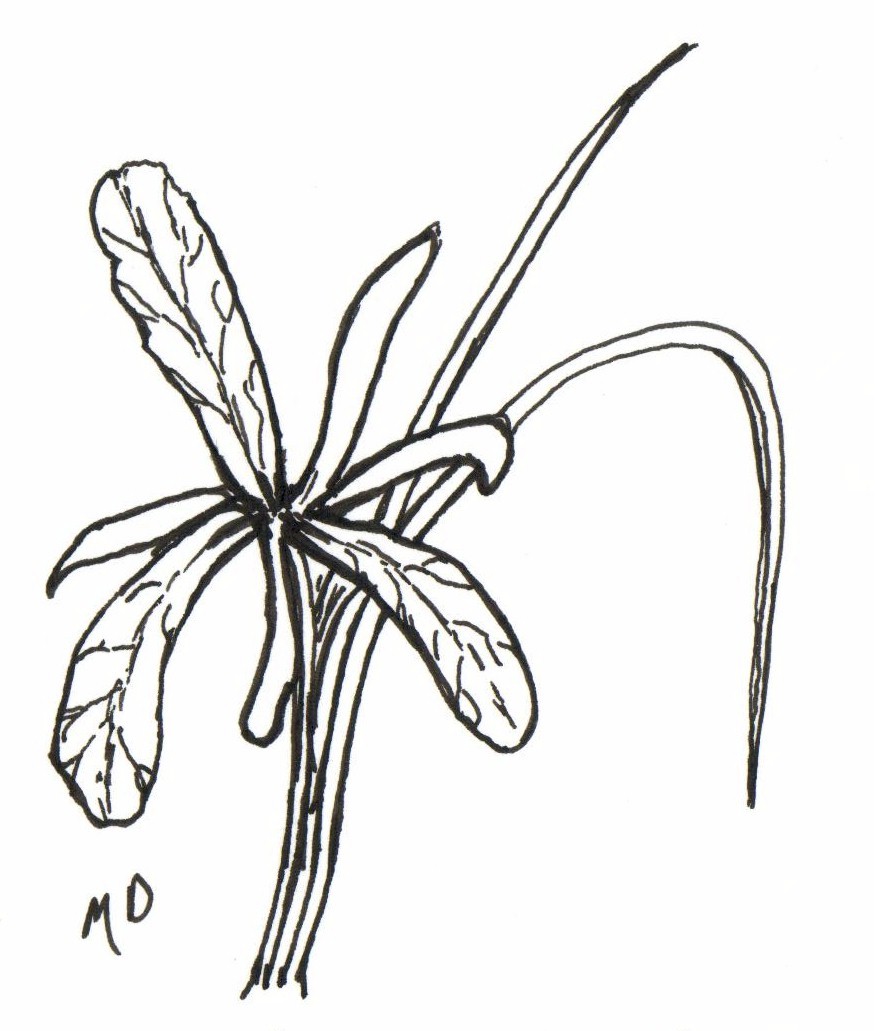 |
|||||||||||||||||||||||||||||||||||||||||||||||||||||||
|
Iris douglasiana (Douglas Iris) A fine evergreen grass iris, this plant reaches 1-2’ tall with a 3” flower. Douglas Iris is found on dry, grassy slopes and brush lands only between southern Oregon and central California. |
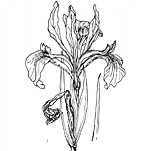 |
|||||||||||||||||||||||||||||||||||||||||||||||||||||||
|
Iris missouriensis (Western Iris, Blue Flag) This rare and beautiful blue iris is found on the west side of the Cascades only in the Islands of Puget Sound. It can be grown far beyond its native habitat, however, as it is hardy between USDA zones 5-10. |
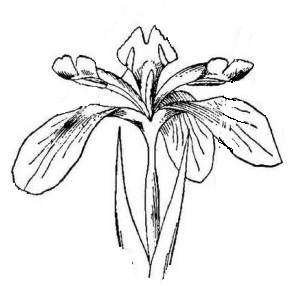 |
|||||||||||||||||||||||||||||||||||||||||||||||||||||||
|
Iris purdyi (Purdyi’s Iris) A grass iris primarily found along the coastal region of northern California and the lowest coastal regions of southern Oregon. While many irises are common and widespread, Iris purdyi has a limited natural habitat. |
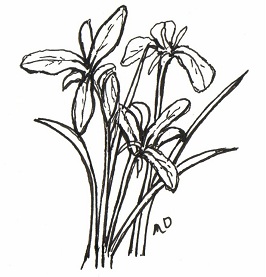 |
|||||||||||||||||||||||||||||||||||||||||||||||||||||||
| Iris setosa (Wild Flag) A beautiful blue iris reaching 24” found at low elevations along the west coast of Alaska and Canada (and also in China and Japan). |
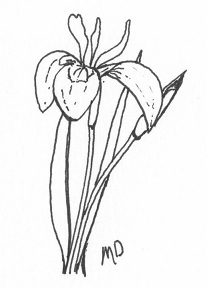 |
|||||||||||||||||||||||||||||||||||||||||||||||||||||||
|
Iris tenax (Oregon Iris) A beautiful native grass iris, growing 1-2’ tall. Oregon Iris, as the name suggests is at home in the Willamette Valley, Oregon. It is also found scattered across western Washington and northern California. It can be successfully grown outside of this range, as it is hardy in USDA zones 5-9. |
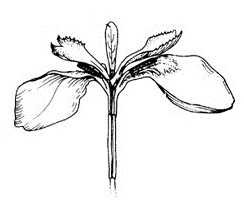 |
|||||||||||||||||||||||||||||||||||||||||||||||||||||||
|